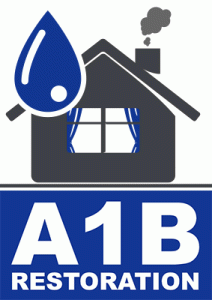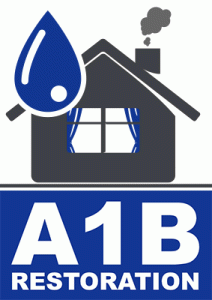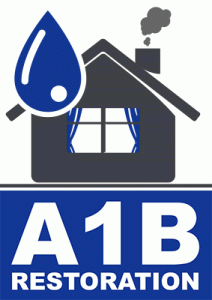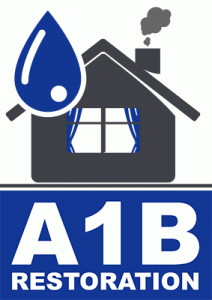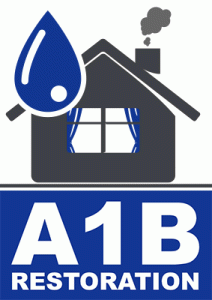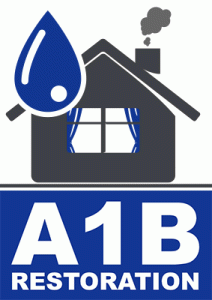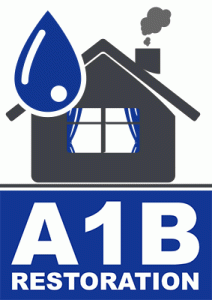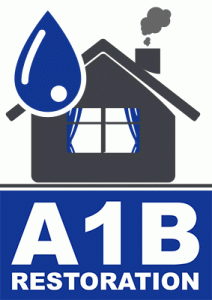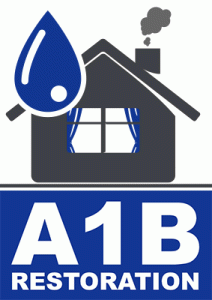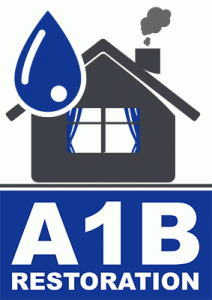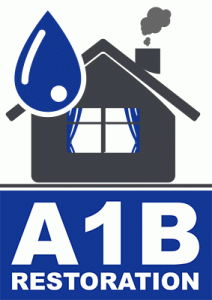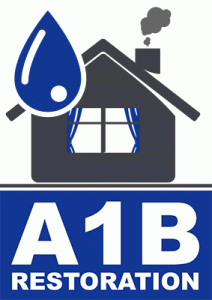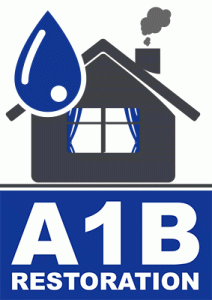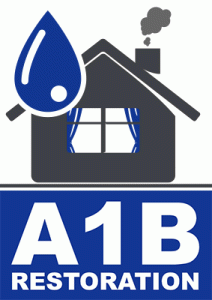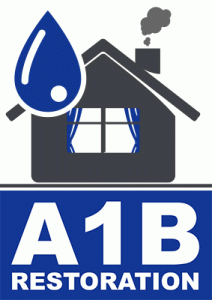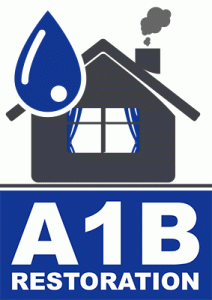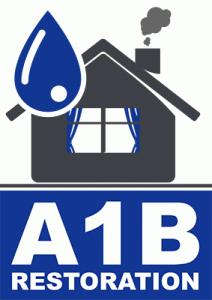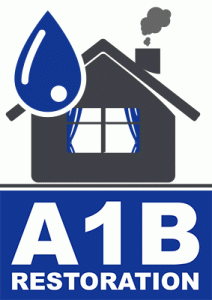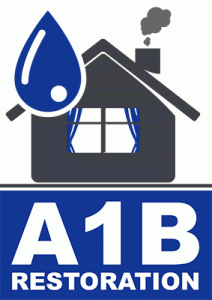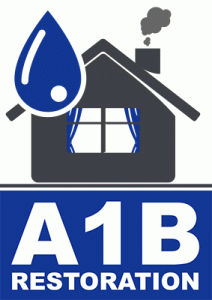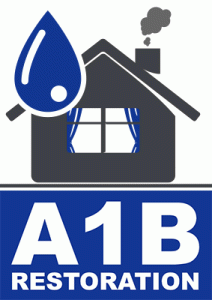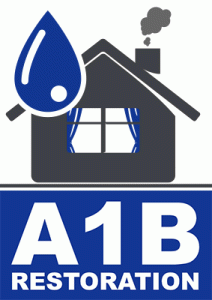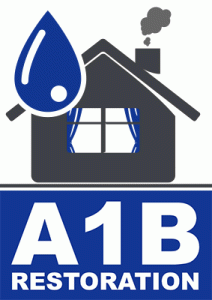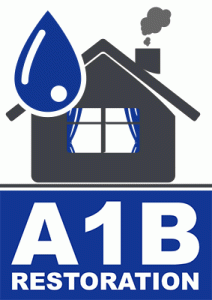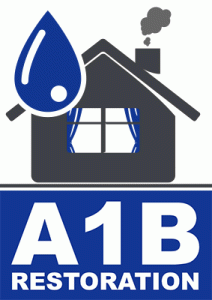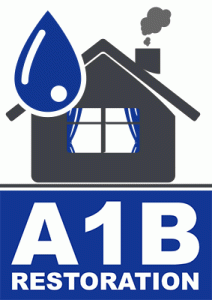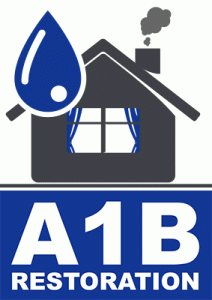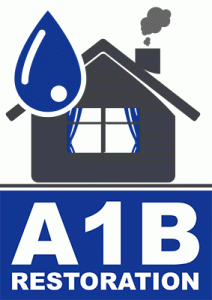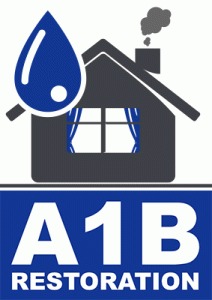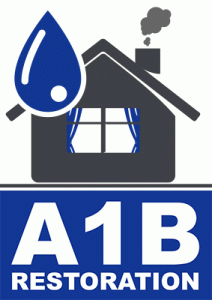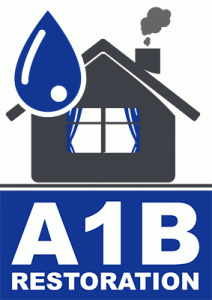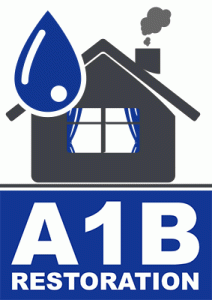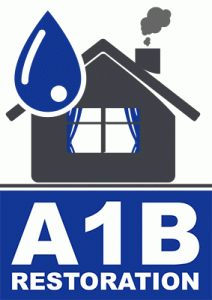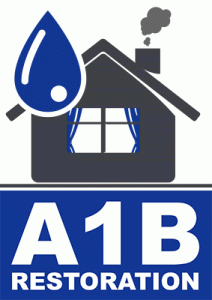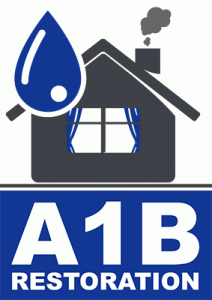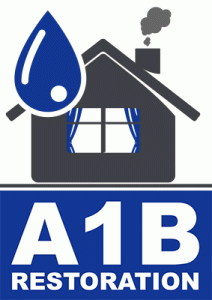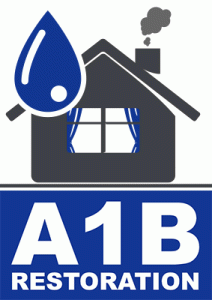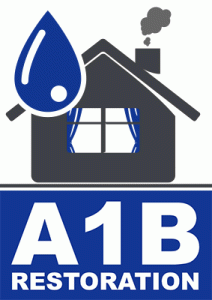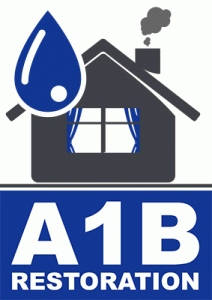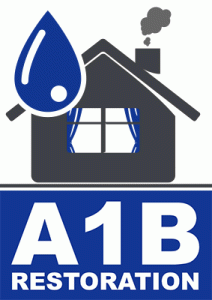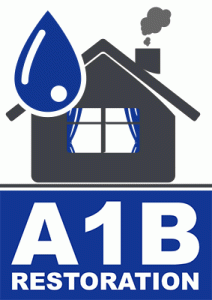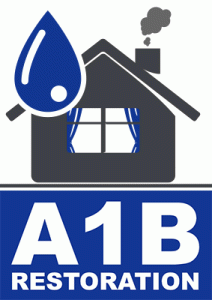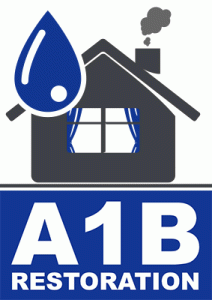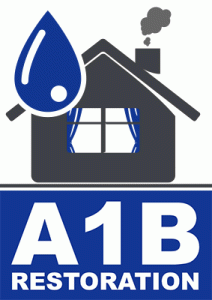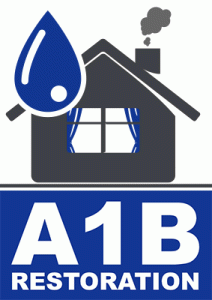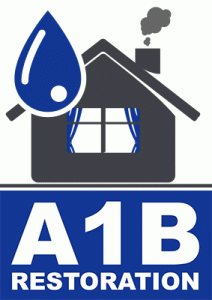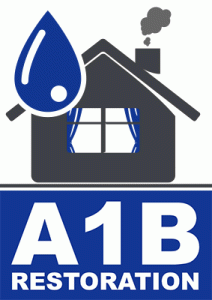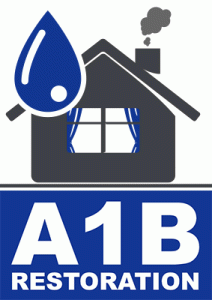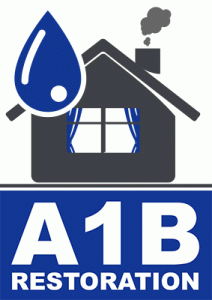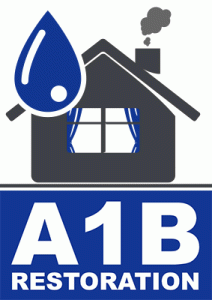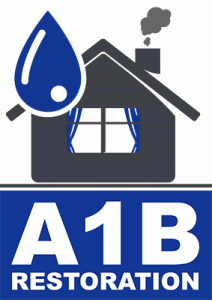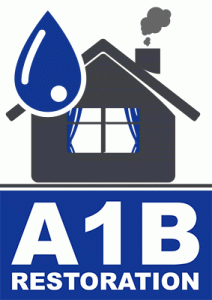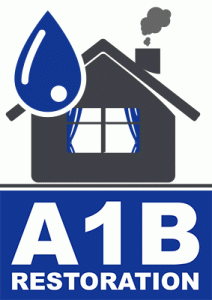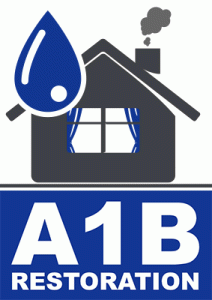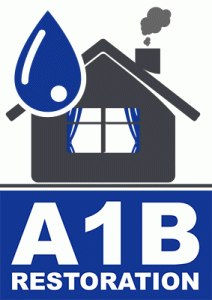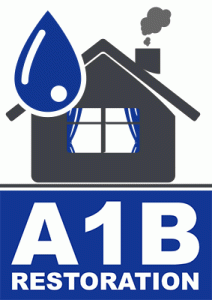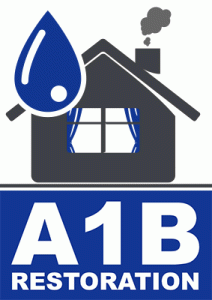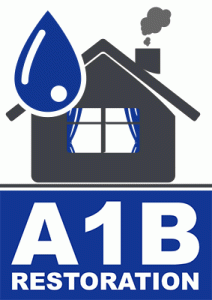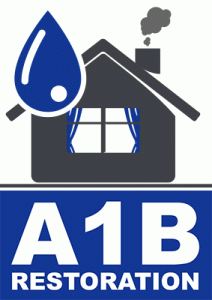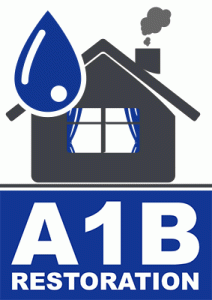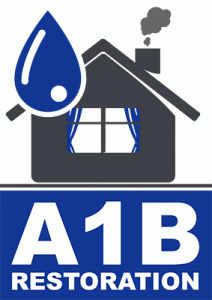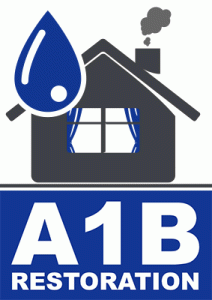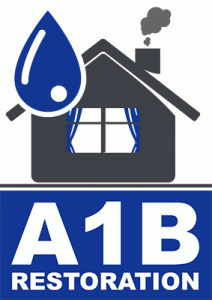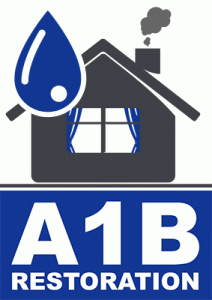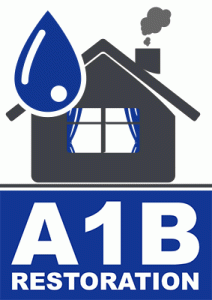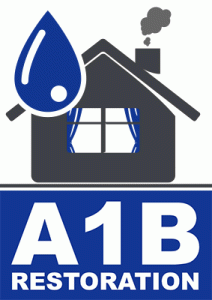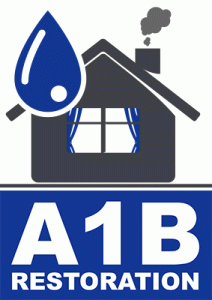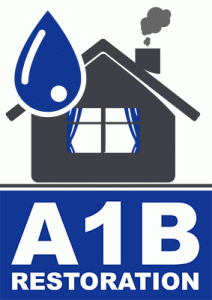Emergency Water Cleanup: What to Do First
Water damage can strike unexpectedly, leaving a trail of destruction and stress in its wake. Whether due to natural disasters, plumbing failures, or appliance malfunctions, it’s crucial to act swiftly when facing water intrusion in your home or business. This comprehensive guide will walk you through the essential steps for emergency water cleanup, helping you minimize damage and restore your property effectively.
Understanding the Impact of Water Damage
Water damage is not just a temporary inconvenience; it can have long-lasting effects on your property and health. According to the Insurance Information Institute, water damage accounts for nearly 29% of all insurance claims. The consequences of water damage can range from structural issues to mold growth, which poses significant health risks.
The Consequences of Delayed Action
Time is of the essence when dealing with water damage. Delaying cleanup efforts can exacerbate the situation, causing:
- Structural Damage: Prolonged exposure to water can weaken walls, floors, and ceilings.
- Mold Growth: Mold can begin to develop within 24-48 hours, leading to health problems such as allergies and respiratory issues.
- Increased Repair Costs: The longer you wait, the more expensive the restoration process becomes.
Immediate Steps for Emergency Water Cleanup
When faced with water damage, it’s crucial to follow a structured approach to mitigate harm and protect your property. Here are the first actions you should take:
1. Ensure Safety First
Your safety and that of your loved ones should be your top priority. Before attempting any cleanup, ensure that it’s safe to enter the affected area:
- Turn Off Electricity: Water and electricity are a deadly combination. If safe, shut off the power supply to the affected areas.
- Avoid Contaminated Water: If the water damage is due to a sewage backup or flooding, avoid contact as it may contain harmful bacteria.
- Wear Protective Gear: Use rubber gloves, boots, and masks to protect yourself from potential hazards.
2. Stop the Water Source
Identify and stop the source of the water intrusion as soon as possible:
- Shut Off Water Supply: For plumbing-related issues, turn off the main water valve to prevent further flooding.
- Contact a Professional: If the source is not apparent, or if it’s due to a natural disaster, contact a professional immediately.
3. Document the Damage
Before you start cleaning up, document the damage for insurance purposes:
- Take Photos and Videos: Capture clear images and videos of all affected areas and items.
- Keep Records: Maintain a log of damaged items, including make, model, and estimated value.
Effective Water Removal Techniques
Once you’ve ensured safety and stopped the water source, it’s time to focus on water removal:
1. Use a Wet/Dry Vacuum
For minor water damage, a wet/dry vacuum can be effective in removing standing water. Ensure the area is safe before using electrical equipment.
2. Deploy Pumps for Large Volumes
In cases of significant flooding, using a submersible pump can expedite the water removal process. Position the pump at the lowest point of the affected area for maximum efficiency.
3. Utilize Absorbent Materials
Absorbent materials such as towels and mops can help soak up smaller amounts of water. Dispose of them properly after use to avoid contamination.
Drying and Dehumidifying the Area
After water removal, it’s critical to thoroughly dry and dehumidify the area to prevent mold growth:
1. Increase Air Circulation
Open windows and doors to enhance airflow. Use fans strategically to promote drying, but avoid using ceiling fans in rooms with sagging ceilings.
2. Employ Dehumidifiers
Dehumidifiers are essential in reducing moisture levels. Place them in closed spaces to optimize their effectiveness.
3. Remove Damaged Materials
Discard porous materials such as carpets, insulation, and drywall that have been extensively soaked and cannot be salvaged.
Cleaning and Disinfecting Affected Areas
Once the area is dry, it’s time to clean and disinfect to eliminate any health risks:
1. Use Appropriate Cleaning Agents
Apply non-toxic, EPA-approved cleaning agents to sanitize surfaces. Pay special attention to areas that might harbor bacteria.
2. Focus on Hidden Spaces
Ensure that hidden spaces like under sinks and behind appliances are thoroughly cleaned and disinfected.
Preventing Future Water Damage
After addressing the immediate damage, consider implementing preventative measures to reduce the risk of future incidents:
1. Regular Maintenance
Conduct routine inspections and maintenance of plumbing systems, roofs, and gutters to identify potential issues early.
2. Install Water Leak Detectors
Water leak detectors can alert you to leaks before they cause significant damage, allowing for prompt intervention.
3. Elevate Appliances
Raise appliances such as washers and dryers off the ground, especially in basements, to minimize damage during minor flooding.
When to Call a Professional
While DIY efforts can be effective for minor water damage, certain situations necessitate professional intervention:
- Extensive Flooding: Large-scale flooding requires specialized equipment and expertise.
- Sewage Contaminated Water: Professionals have the necessary tools and safety measures to handle hazardous waste.
- Persistent Mold Issues: Mold remediation experts can thoroughly eradicate mold and prevent recurrence.
Conclusion
Water damage can be overwhelming, but knowing what to do first can significantly reduce its impact on your property and health. By following these guidelines for emergency water cleanup, you can take control of the situation, protect your assets, and ensure a safer environment for you and your family. Remember, in severe cases, don’t hesitate to contact professional water damage restoration services to ensure comprehensive and safe cleanup.
Stay prepared, stay informed, and safeguard your home from future water disasters.
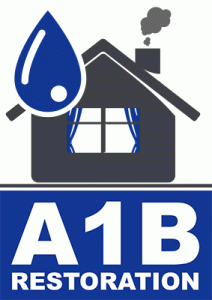
water extraction company North Richland Hills Texas
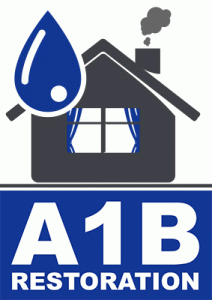
emergency water damage restoration Preston Hollow Dallas Texas
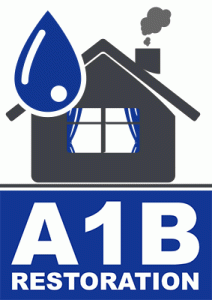
residential water damage restoration Lewisville Texas
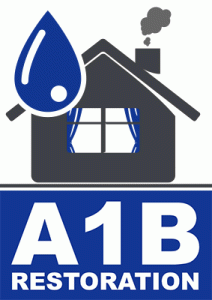
water damage cleanup companies Preston Hollow Dallas Texas
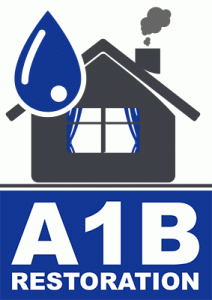
Haltom City Texas water damage restoration near me

Crowley Texas water damage restoration service near me

residential water damage restoration Haltom City Texas
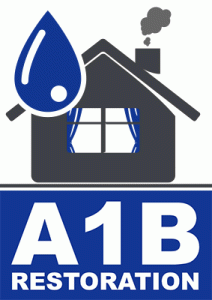
water damage restoration services near me Coppell Texas
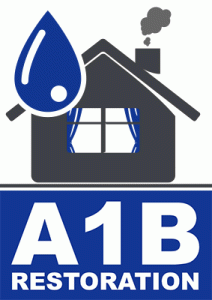
water restoration companies near me McKinney Texas
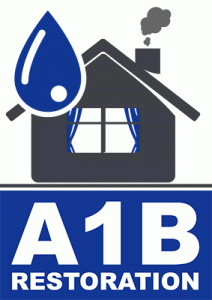
Highland Park Texas restoration water damage companies

Richardson Texas water damage restoration near me
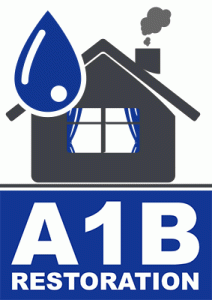
water damage restoration service Lake Highlands Dallas Texas
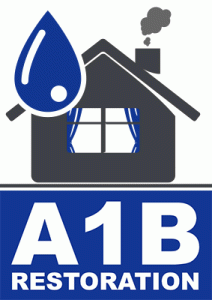
Richardson Texas restoration water damage companies

Allen Texas water damage restoration service near me

Lakewood Dallas Texas water damage restoration near me

Royse City Texas water damage restoration near me

Mesquite Texas restoration water damage companies

Flower Mound Texas restoration water damage companies
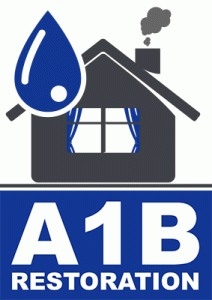
Arlington Texas restoration water damage companies

North Richland Hills Texas water damage restoration near me
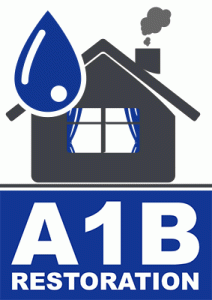
McKinney Texas water damage restoration service near me
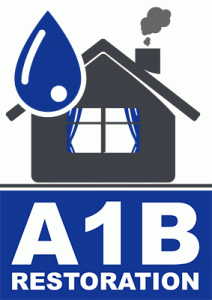
Addison TX water damage restoration companies near me
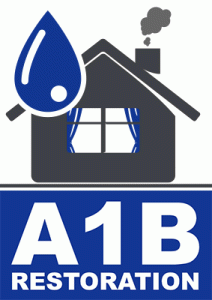
Lake Highlands Dallas TX water damage restoration services
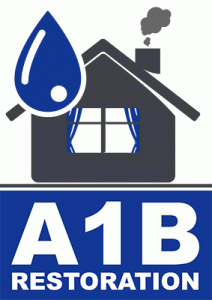
North Richland Hills TX home water damage restoration
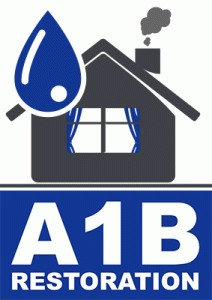
Lewisville TX water damage restoration companies near me
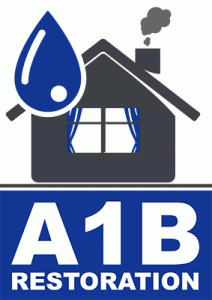
Lake Highlands Dallas TX water damage restoration company
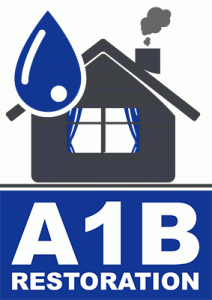
water removal services near me Flower Mound Texas

restoration company water damage Flower Mound Texas
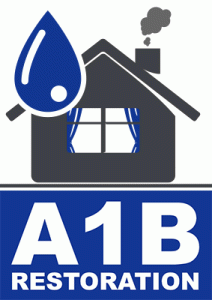
residential water damage restoration Cedar Hill Texas
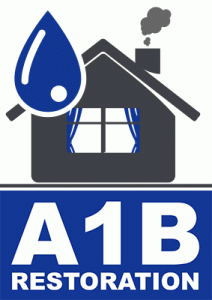
water damage clean up near me Grand Prairie Texas

water damage restoration service Lakewood Dallas Texas
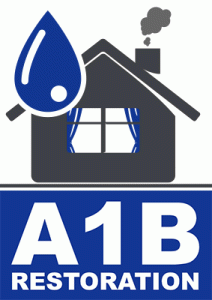
water damage and restoration companies Lake Dallas Texas
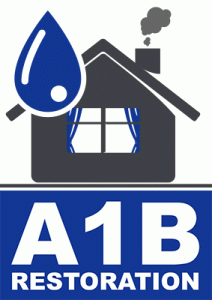
residential water damage restoration Irving Texas
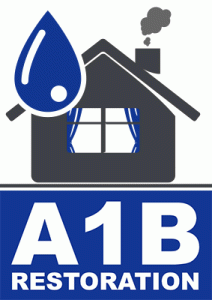
water damage and restoration companies Wylie Texas
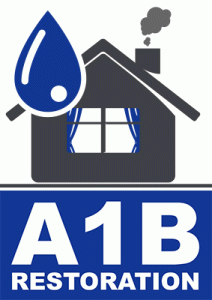
emergency water damage restoration Flower Mound Texas
